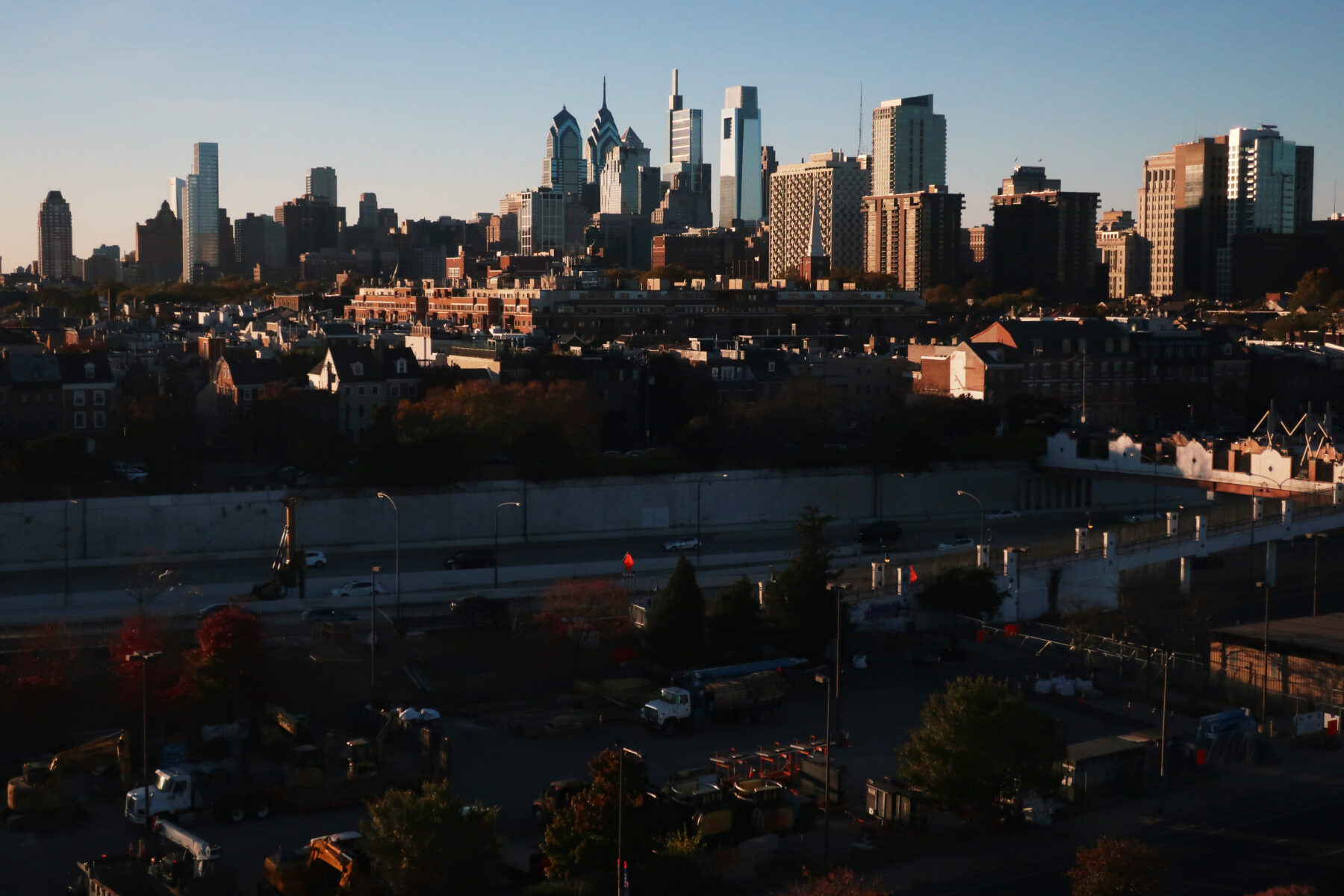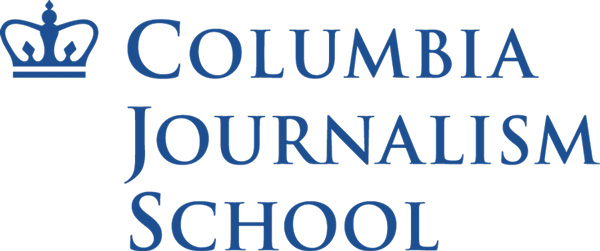 Kamala Harris’s proposal to provide $25,000 for first-time homebuyers received cautious support in interviews with voters in Pennsylvania, a swing state that could decide the 2024 presidential election.
Kamala Harris’s proposal to provide $25,000 for first-time homebuyers received cautious support in interviews with voters in Pennsylvania, a swing state that could decide the 2024 presidential election.
The measure is part of a broad package of Harris’s economic initiatives intended to address Americans’ concerns about higher prices that have put big-ticket items, like a house, out of reach for many.
Pennsylvania residents aware of the proposal said it could be beneficial, but limited in scope to a small number of future homeowners. That mix of hope and skepticism largely permeated conversations about the idea the last couple of weeks.
“Definitely, it will help first-time homebuyers relieve the burden of high costs,” said Kunle Owolabi, an associate professor of political science at St. Joseph’s University who bought a house in Philadelphia last year. “For instance, my wife and I had been saving for years to buy a house.”
Many others would be able to buy more quickly with the aid, he predicted.
The program would undoubtedly move some renters closer to becoming homebuyers.
“Certainly not the very poor who would have trouble with monthly payments and expenses, but it definitely helps the middle class,” said Stephen Malpezzi, a University of Wisconsin economist.
A number of U.S. economists have embraced the idea as meaningful and helpful for potential buyers, though they acknowledge it is just one piece of the puzzle. They point to the critical need – and her other proposed initiatives – to stimulate construction and bolster housing supply as well.
Brendan LaCerda, a senior economist with Moody’s Analytics, calls Harris’s plan “the most ambitious plan we’ve seen since Lyndon B. Johnson.” Nationwide, Moody’s estimates the downpayment assistance plan “would close the affordable housing gap” and “lead to a historic 11.7 million more first-time homebuyers, including 2.75 million first-time Black and Latino homeowners.”
Voters nationwide continue to rank the economy as their primary concern in survey after survey. Among economic issues, high prices top the list, with 70 percent of registered voters saying that was the primary issue for the next president in a Reuters/Ipsos survey released in early October.
Whether an effort to put money in the pockets of future homebuyers will sway skeptical voters matters most to the Harris campaign. In numerous polls, Trump has an edge among voters on the economy though he has provided little specific plan to address housing unaffordability other than to say he would increase deportations of immigrants to relieve the housing shortage.
“There is some evidence that population growth puts pressure on rental markets,” LaCerda said. Still, Trump’s plan to deport 500,000 to 1 million people a year could have unintended effects. A significant number of undocumented migrants work in construction, especially in niche trades like roofing, he explained. “I would have serious concerns about home building slowing down because there is a shortage of workers.”
In Pennsylvania, the prices of existing housing rose nearly 9% in September from a year earlier, well ahead of the national average, with a median sale price of $295,000. Sales in turn are lagging. According to the Pennsylvania Association of Realtors, the number of houses sold declined 6.5% from a year earlier.
Some Pennsylvanians like Owolabi believe the proposed aid would give future buyers a nudge. Since the Federal Reserve has begun lowering interest rates, monthly mortgage payments could also become more affordable in coming months.
Audrey Shaw, a surgical physician assistant in Philadelphia, described how hard it was for her and her husband to afford a house when they bought a few years ago.
“We emptied our savings to buy a house we could just barely afford,” she wrote in response to an inquiry. “We would have had many more options available to us if we had the benefit of an additional $25,000 at our disposal.”
Others echoed Shaw’s sentiment that too many houses remain simply out of their price range. Alina Alexandru and her family moved from Philadelphia to Arlington, Virginia, after searching in vain in and around the city. She says the proposal might not have “any real impact” in areas near Philadelphia like Merion Station, which has a $950,000 median home sales price, according to Realtor.com, but that she would have liked such aid.
The $25,000 proposal could cover about a 10% downpayment in 16 U.S. metro areas in parts of Pennsylvania, according to Realtor.com.
In Philadelphia, however, the money would not go that far. Linh Nguyen, who is 30 and works for Deloitte Consulting in the city, says she has been looking for houses with her boyfriend. They plan to buy within the next two years. She expects to pay at least $600,000 for an apartment in the suburbs.
“I don’t think $25,000 will really help that much,” she said. “Prices are just crazy right now. The main problem is there just aren’t that many houses.”
Amenze Emmanuel, who moved to Philadelphia from Nigeria 10 years ago, hopes to buy a house and when told about the proposal thought the aid would be helpful. When asked if the policy might influence her election decision, she said she stays out of politics.
Some people worry that the downpayment assistance could actually cause home prices to rise because of the low supply.
“It will certainly help first-time homebuyers, but it is likely to increase the price of housing, maybe not the full $25,000 but it may add something since this represents a cash infusion into the market,” Charlie Miller, an employee benefit specialist in Philadelphia, wrote in a message on Facebook.
For this and other reasons, economists emphasized the need for incentives that would spur construction to alleviate the nation’s shortage of housing as well as efforts to help the middle class.
“The focus has to be on the supply side,” said Malpezzi, the Wisconsin economist.
He and others look to Harris’s other plans that target housing supply like expanding the Neighborhood Homes Tax Credit, along with efforts to remodel and build new homes.
“There is no one-size-fits-all solution to the housing crisis,” said Aniket Mehrotra, a policy researcher at the Urban Institute. “The $25,000 down payment plan is just one part of the puzzle that needs to be paired with supply-side initiatives.”
David Dworkin, CEO of the National Housing Conference, said the Harris draft proposal should be targeted. “It needs to focus on people who need it most,” he said. Previous proposals, including one from President Biden, have suggested an income cap, geographic boundaries or other limitations on who would benefit from home purchasing assistance.
Some Pensylvanians say the policy is not high on their list because the country has a lot of debt. Harris’s downpayment measure would cost an estimated $138 billion over 10 years, according to the Penn Wharton Budget Model.
Jake Yannes, a prep cook and a master’s student in cybersecurity, said, “I do not like the idea of putting tax money into this.”
He’s also skeptical of the policy ever being adopted.
“There is no feasibility for this policy,” Yannes continued. “We are in debt.”
(Photo credit: George Miller)
About the author(s)

Sorina Szakacs

Andrea Galliano
Andrea Galliano is an M.A. candidate in the Business and Economics concentration at the Columbia Journalism School. He has previously worked in print, digital, TV, and radio outlets in Italy.

Abiose Adams
Abiose Adams is an M.A candidate in the Business and Economics concentration at the Columbia Journalism School, with keen interest in poverty and the economy.

Alexis Green
Alexis Green is an MA candidate at the Columbia Journalism School, studying business and economic reporting. Originally from Canada, she specializes in audio reporting.




